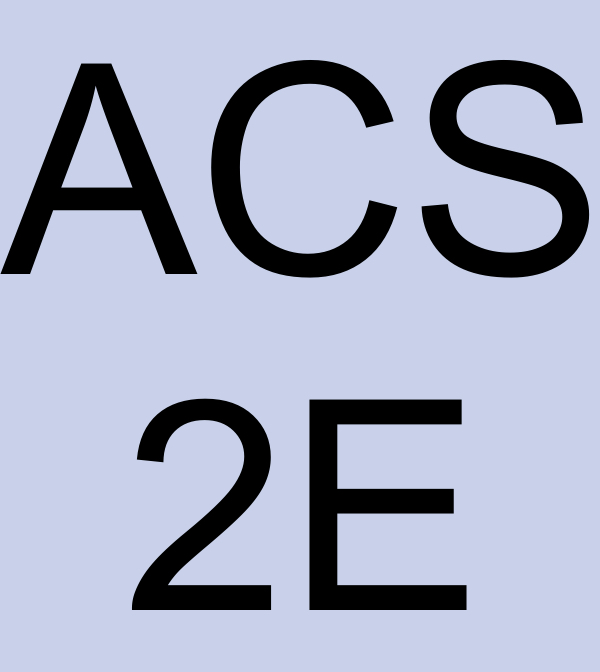Activity 8.6.3.
In this activity we apply the Lagrange Error Bound to quantify the accuracy of several different approximations.
(a)
Use the degree \(10\) Taylor polynomial (centered at \(a = 0\)) of \(f(x) = e^x\) to estimate the value of \(e^2\text{.}\) What is the maximum error of your estimate, according to the Lagrange Error Bound? How does this compare to the actual error between \(e^2\) and \(T_{10}(2)\) as reported by a computer algebra system?
(b)
Use a degree \(n\) Taylor polynomial (centered at \(a = 0\)) of \(f(x) = \cos(x)\) to estimate the value of \(\cos(1)\) within an accuracy of \(0.00000001\text{.}\) According to the Lagrange Error Bound, what value of \(n\) is needed to achieve this accuracy? What is the resulting approximate value of \(\cos(1)\text{?}\)
(c)
Recall that for \(f(x) = \ln(1+x)\text{,}\) its Taylor series centered at \(a = 0\) is given by
\begin{equation*}
\ln(1+x) = x - \frac{1}{2}x^2 + \frac{1}{3}x^3 - \cdots + (-1)^{n-1}\frac{1}{n}x^n + \cdots
\end{equation*}
and that the \(n^{\text{th}}\) derivative of \(f(x) = \ln(1+x)\) is given by
\begin{equation*}
f^{(n)}(x) = \frac{(-1)^{n-1}(n-1)!}{(1+x)^n}\text{.}
\end{equation*}
If we want to estimate \(f(0.5) = \ln(1.5)\) to within an accuracy of \(0.0001\text{,}\) what value of \(n\) is needed to achieve this accuracy from computing \(T_n(0.5)\text{,}\) according to the Lagrange Error Bound?

